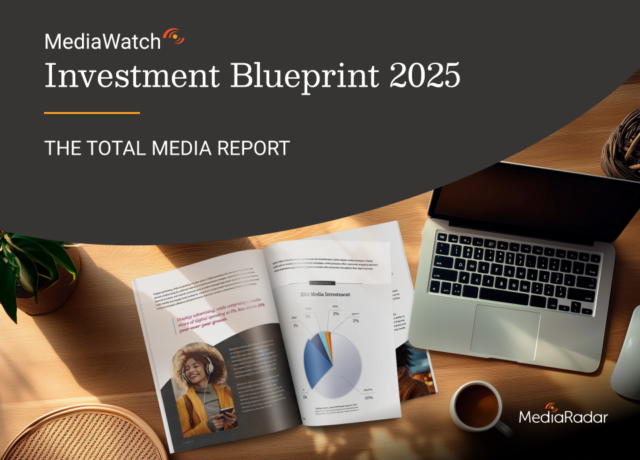Over the years, military recruitment has become more difficult. Young people are less connected to the military, there are less eligible recruits and the pandemic showed people how flexible work and family life could be.
Today’s potential recruits are more “detached from the Army and the military in general than any generation in recent history,” according to Major General Alex Fink, the U.S. Army’s chief marketing officer. “They have fewer people they know who serve, fewer moms and dads who have served. We’re kind of this distant star that lives tucked away in these army bases, in isolated environments.”
As a result, we’ve seen military marketing get more creative with their campaigns and use of digital platforms. As the military innovates with new strategies, they’re also willing to spend more on programmatic advertising.

The pool of eligible military recruits has dwindled
Every year Congress sets a recruitment target—referred to as “end strength”. This is the number of recruits believed necessary for the different military branches.
Similar to a sales funnel, military leaders set goals, strategies and a budget based to achieve that annual recruitment number.
Leading up to the pandemic, recruitment was becoming more difficult. In 2018, the military failed to hit quota for the first time since the height of the Iraq war in 2005. In 2020, military branches fulfilled their end strength goal, but were helped by high numbers of unemployment. A higher than average unemployment rate led to greater retention and a consequent reduced end goal.
Recruitment is becoming difficult for a number of reasons. One of the biggest factors is the small number of eligible recruits. About 70% of Americans between 17 and 24 are ineligible for service due to a variety of factors: obesity, mental-health issues, past drug use, criminal records or lack of a high school degree.
Within the small pool, only 2% of Americans that age are eligible, have the desire to serve and have high standing academic performance.
Gen Z is more disconnected from the military than past generations—especially in urban areas or families without military experience. For this reason, the Army has made a strong effort to make real service members’ stories catch their attention.
The Army’s latest campaign, The Calling, showcases real “origin” stories from five service members in animated format. The service members represented are highly diverse in background and also reasons why they joined the Army.
The Army has boosted its digital marketing efforts in recent years and the pandemic only made it go faster. With closed recruitment centers and schools, the Army needed to pour their budget into digital media last year. Programmatic advertising specifically offers a powerful way to target such a small group of ideal candidates.
With the need to meet end strength from a small pool of eligible recruits, how are the military branches spending on programmatic advertising?
MediaRadar Insights
Are the military branches investing more of their digital budgets on programmatic advertising this year?
When we look at the big picture: Yes.
But each military branch has their own end strength goal and individual strategies to get there.

Navy Programmatic Spending
The Navy’s programmatic advertising investment moved from 31% of their budget in 2020 to 84% in 2021. However, this may be due to their overall reduced digital spending. Their overall digital spending, $330 thousand, is much less than we see from the Army and Marine Corps. Of their digital and programmatic advertising, the Navy primarily invests in Facebook.
Army Programmatic Spending
Between January and September of 2020, only 19% of digital spend from the Army was programmatic. In 2021, this has increased to 60% of their digital spend, which totals $14.8 million to date. This is overall a reduction in digital ad spend from 2020, which indicates that the Army’s investment in programmatic advertising is increasing.
Marine Corps Programmatic Spending
In 2020, programmatic advertising made up 74% of the Marines ad spending. This is consistent with spending in 2021 so far. The Marine Corps digital ad spend is just under $2 million so far this year.
For more information on how the military spends on digital advertising, which formats they use and contacts to get ahold of, reach out to us.
For more updates like this, stay tuned. Subscribe to our blog for more updates on COVID and its mark on the economy.



